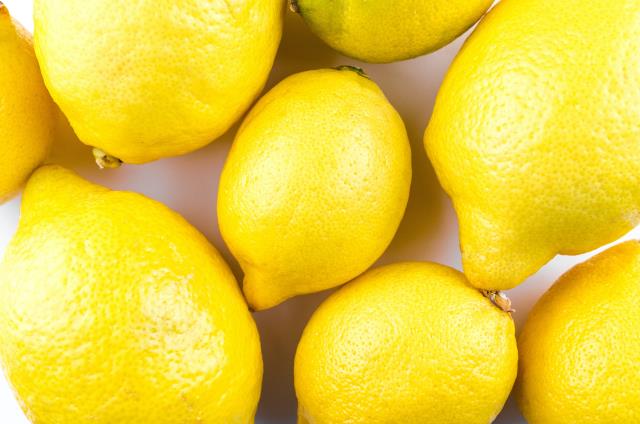By Beatrice Hawkins
Making copious quantities of fig jam the other week I needed a small amount of vinegar in each batch or, as I prefer to use, lemon juice.
This got me wondering about lemons.
I guess I have always taken them for granted as being readily available, reasonably priced and most importantly of all to me, Australian grown. I am pedantic about buying in season and Australian grown produce if at all possible.
Lemon trees were always grown in suburban back yards. If you had a chook yard, that was the ideal place, as they appreciated the manure and scratching around the base. Alternatively, if you go back many years, they were grown where the drain came out from the “wash house”, as they loved the water and the nutrients from the old fashioned pure soap before the advent of modern laundry detergents.
With modern living, the decrease in the size of suburban house blocks and changing garden fashions, these positions are no longer commonly available in suburbia.
To my eyes however, if you have the space, nothing looks nicer than a citrus tree in a house yard. Evergreen, easy care, nicely shaped, beautiful perfume when flowering and the added bonus of decorative, beautiful, fresh fruit.
There are 3 main varieties of lemons grown commercially in Australia but for the backyard it would be hard to beat a Meyer. While not a true lemon, but possibly a natural hybrid of an orange and a lemon, they aren’t as sour and acidic as true lemons, so are more popular. When lemon juice is used in many types of jam making to aid with setting, the Meyer with less pectin than some of the others, is not ideal, but is certainly a good variety, with its thin skin and juiciness and year round production, for most other uses.
I have a “Lots of Lemons” in a pot and apparently this is a dwarf variety of Meyer. It is doing very well and had a lot of fruit set this year after a very heavy flowering. The bees loved it!! I removed most of the fruit to allow the tree to develop better. They are ideal in a pot as they require really good drainage.
Eureka and Lisbon are the other popular varieties in Australia and both need protection from frost.
Eureka produces 2 and sometimes 3 flushes of fruit each year, while the Lisbon fruits only in winter and is less desirable in the home garden as it has spikes!
The other popular “new” variety is the lemonade tree. This is a cross between a mandarin and a lemon and produces lots of fruit that can be eaten straight from the tree and is described as tasting like lemonade without the bubbles!
I have also read that there are other small plantings of some varieties I admit I’ve never heard of. Fino, Verna, Villafranca and Yen Ben!
Fino was imported from Spain and released from quarantine in 1994 and is a winter producing variety. It was brought in to export to the European market between Sept and Nov when premium prices are available. It accounts for 70% of commercial lemon production in Spain.
Verna is also a Spanish import accounting for 30% of the production in that country. It is a large, almost seedless, late maturing variety that is aimed at our summer market as at the moment we import lemons from California at that time. It was also released from quarantine in 1994.
Villafranca is a relative of Eureka and does well in inland areas and the subtropics. Eureka appeared in California in 1858 from seeds imported from Sicily and is the most widely grown lemon in Australia and many other countries.
Yen Ben on the other hand is a true Australian, and even a Queenslander! It is a sport from a Lisbon lemon and was selected at “Benyenda” at Burrum Heads in the late 1930’s. While it hasn’t been commercialised in Australia it has been trialled with success since 1978 in New Zealand, has become a very popular variety there and shows promise for export to Japan.
We appear to be very good at exporting our good ideas – look at Granny Smith apples, the most widely grown green apple world-wide, and Macadamia nuts grown in many areas of the world. Australia and South Africa still grow 55% of the world production however.
If you have the room in a pot or in the garden a lemon tree is a great addition.
*This is an old article that has been digitised so our readers have access to our full catalogue.







